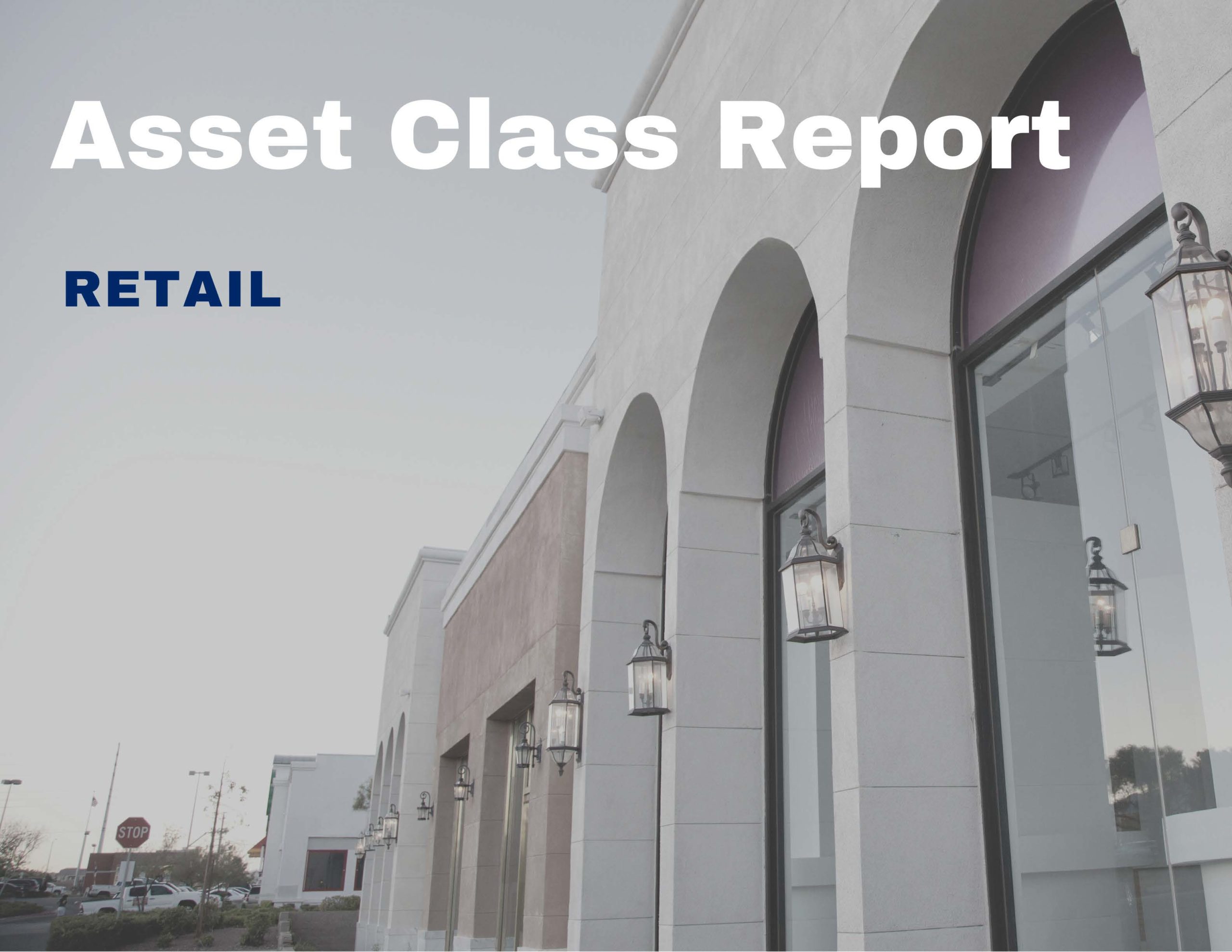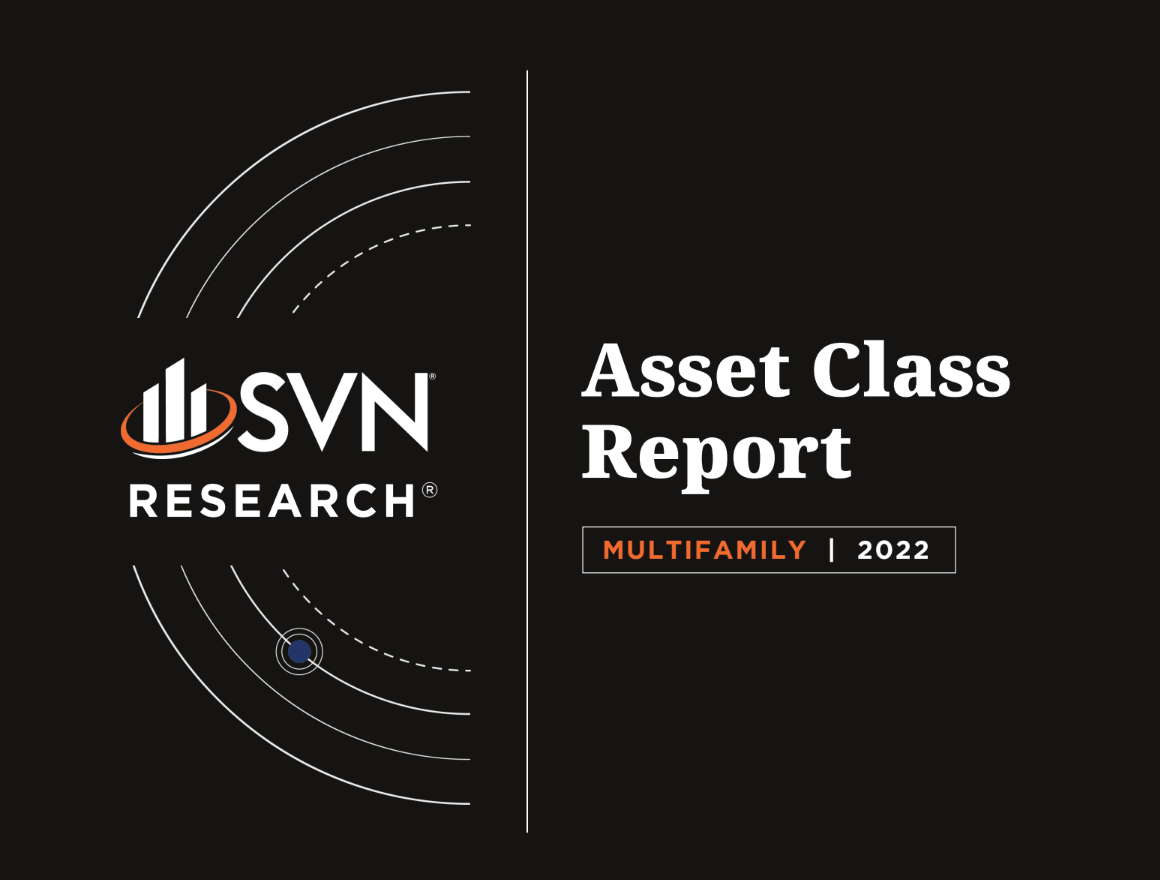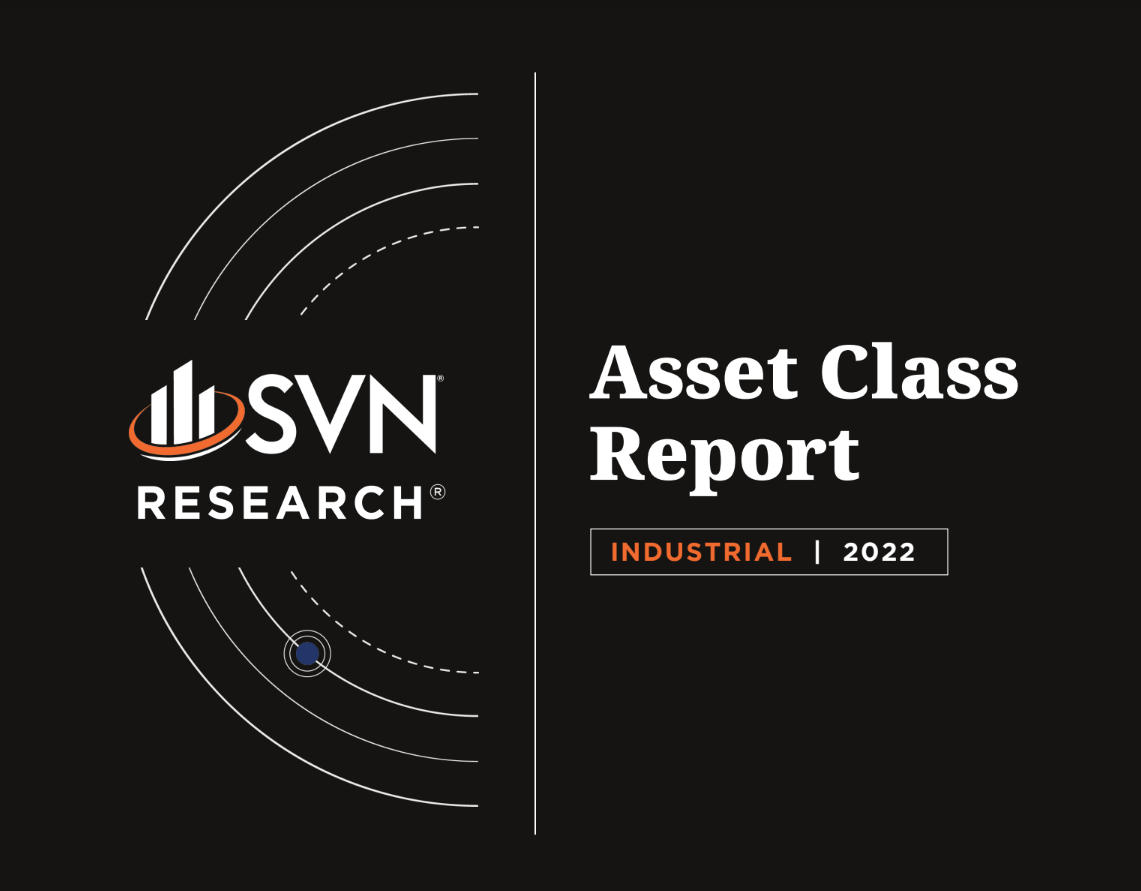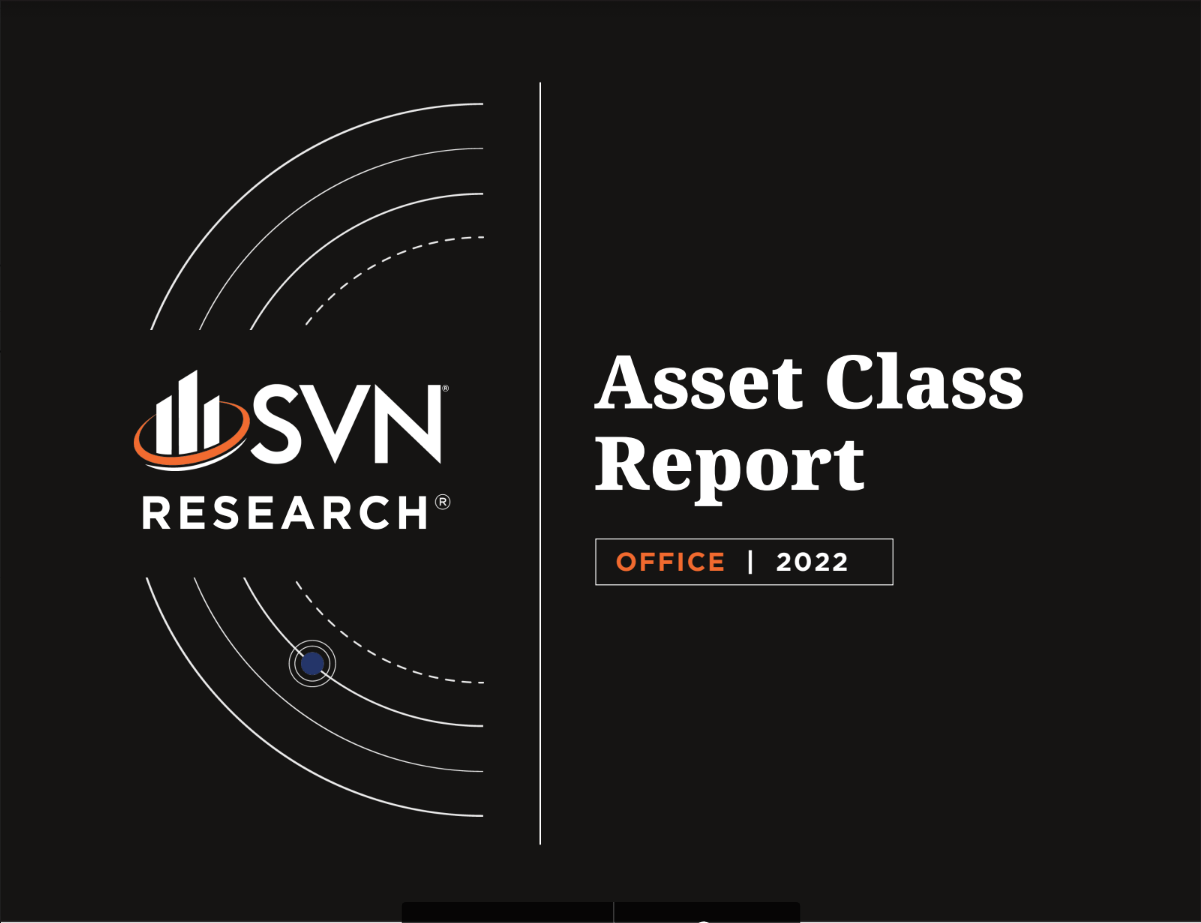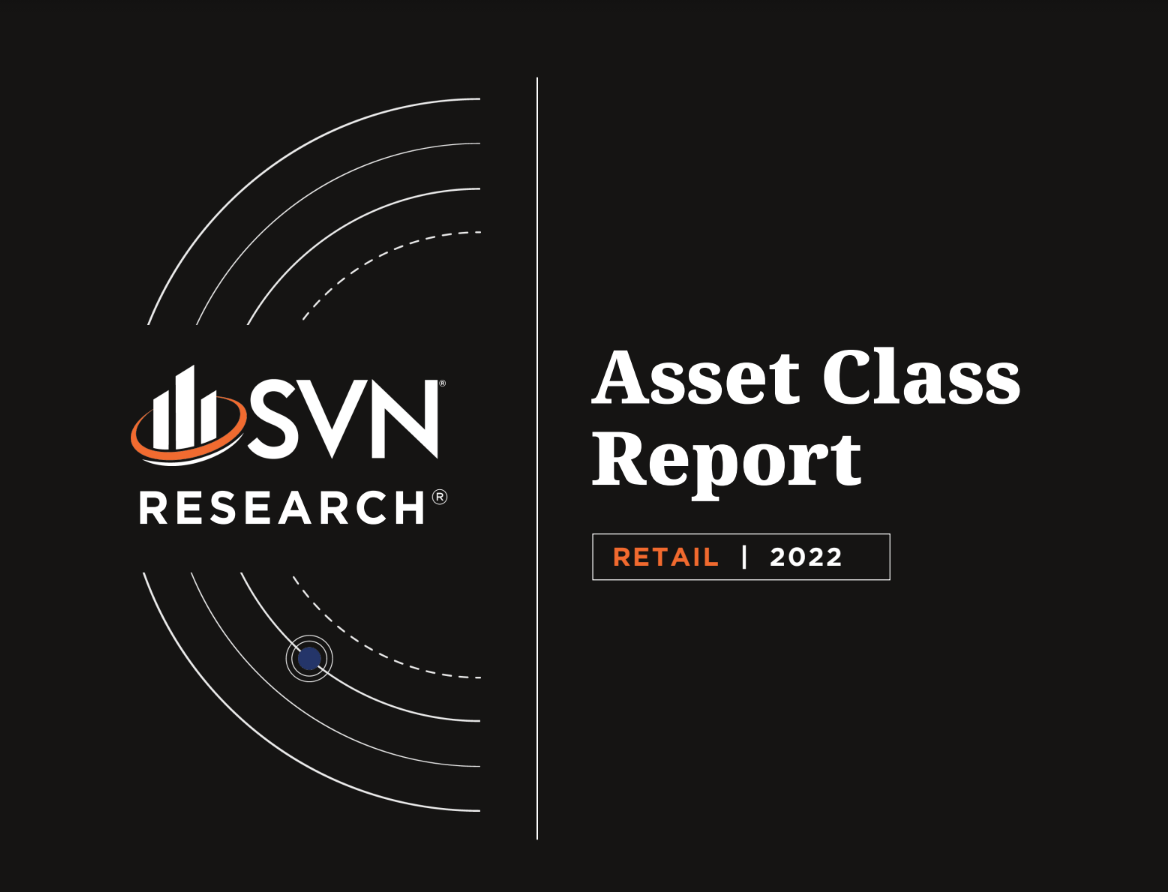admin / November 22, 2022
Commercial Real Estate Economic Update 11.18.22
Commercial Real Estate Economic Update 11.18.22
Featured Topics
-
Thanksgiving Inflation
-
Inflation
-
ULI-PwC Emerging Trends In Real Estate
-
Retail Sales
-
Retail Inventories Excluding Autos
-
Grocery’s Ongoing Resilience
-
MSCI RCA Property Price Index
-
FHFA Multifamily Loan Purchase Caps
-
NAHB/Wells Fargo Housing Market Index (HMI)
-
Manufacturing Production
Commercial Real Estate Economic Update 11.18.22 – (Download Full PDF)
1. THANKSGIVING INFLATION
• As Americans sit down for this year’s Thanksgiving, it’s more than just after-dinner-waistlines experiencing uncomfortable inflation levels. According to a recent Chandan Economics analysis, the average price of turkey has increased a whopping 16.9% in the past year, more than doubling the current CPI rate of inflation (7.7%).
• Turkeys aren’t the only ones flying high this year. Compared to one year ago, potato prices are up an average of 15.2%. The other fresh vegetables at the table also see significant price pressures, albeit at a slightly more palatable 8.3%. Meanwhile, ham, another popular protein item, is up by 9.1% year-over-year.
• Other items noted in the report, such as flour and butter, are up this year by 24.6% and 26.7%, respectively. Meanwhile, egg prices are up by an odious 43.0%.
• If the above was sobering, a helpful caveat might be that this year, wine, beer, and spirits have all seen lower-than-average pricing pressures.
2. INFLATION
• According to the Bureau of Labor Statistics, the Consumer Price Index (CPI) rose 7.7% year-over-year through October and 0.4% month-over-month. Notably, between February 2021 and June 2022, monthly prices grew by at least 0.5% in 17 of the 21 months. Monthly inflation has been below 0.5% now for four consecutive months.
• Energy costs bounced back in October to become the largest major contributor to price pressures again, climbing 1.8% month-over-month following three consecutive declines.
• Food costs, while continuing to rise, decelerated to their most tepid increase since December 2021, rising just 0.6%. On the other hand, Shelter costs continued to accelerate in October, rising by 0.8%. Food and Shelter costs have risen by 10.9% and 6.9% over the past 12 months, respectively.
• Core CPI, which removes food and energy prices from the calculation, is up 6.3% over the last 12 months and 0.3% month-over-month. Core prices have decelerated slightly from summer levels but remain significantly above the Federal Reserve’s 2% target.
3. ULI-PxC EMERGING TRENDS IN REAL ESTATE
• Respondents in this year’s Emerging Trends in Real Estate by ULI-PwC appeared to agree that despite several uncertainties facing Commercial Real Estate in the year ahead, most remain optimistic about the industry’s long-term outlook.
• Among the key themes covered in the 2023 report was the workforce transformation enabled by remote work. By some estimates, in several major markets, less than half of all workers who have access to an office attend one on any given day. The report’s analysis estimates that 10-20% of Office stock may need to be repurposed as a consequence.
• Discussions about liquidity and capital markets were also a key theme in this year’s report, as sentiment has shifted from an “everyone wants in” headline to a more cautious and selective approach to capital deployment. Higher interest rates are not expected to trigger a sell-off in real estate assets, but investors are placing more weight on long-term fundamentals as capital availability shrinks.
• Infrastructure spending, which has been of focus in previous years’ reports, shifted from a relatively negative outlook to a positive one following Washington’s achievement of new legislation this year. An estimated $600 billion in new transportation funding and another $65 billion for broadband expansion, among other provisions, is seen as a critical investment, especially as several US metros experience generational growth.
• Housing affordability also remained on top of investors’ minds, as high financing costs and supply chain issues strain construction in a housing market already in short supply. While this may mean pain for many consumers in the short term, residential real estate investors are poised to benefit from demand trends that necessitate more capital in the space.
4. RETAIL SALES
• In October, US retail and food services sales saw their most significant single-month increase since February, climbing by 1.3% month over month to $694.5 billion following a flat performance in September.
• Motor vehicle dealer sales also rose 1.3% month-over-month through October, assisted by the easing of some supply chain issues. Sales at gas stations increased by 4.1%, primarily due to rising gasoline prices. Gas station sales are up 17.8% year-over-year.
• Excluding gasoline and autos, retail sales climbed a more modest 0.9% month-over-month but still outpaced recent monthly performance.
• Sales at food services and drinking places climbed by 1.6% month-over-month while volume at food and beverage storefronts rose by 1.4%. Non-store retailers rose 1.2%, furniture stores 1.1%, and building materials 1.1%.
5. RETAIL INVENTORIES EXCLUDING AUTOS
• US retail trade inventories, excluding autos and parts, dropped 0.1% month-over-month in October, the first negative reading for inventories since the middle of 2020.
• The news rings positive for retailers, many of who have cited excess merchandise as weighing down on profits in recent months. As the holiday shopping season approaches, many in the sector have begun sales campaigns earlier to both reduce inventories and adjust to post-pandemic spending patterns.
• On the other hand, high inventories have helped boom demand for Industrial space, which could see some softening activity as retail inventories decline. Nonetheless, the pandemic shift in online shopping and the overall resiliency of consumer spending should help reduce the exposure of Industrial assets to sudden changes in inventory.
6. GROCERY’S ONGOING RESILIENCE
• Despite falling activity compared to 2021, grocery stores have maintained most of their increased foot traffic relative to pre-pandemic levels, according to a recent analysis by Placer AI.
• Since June, year-over-year grocery store visits have been negative. Still, much of this is influenced by the elevated activity levels we saw in 2021 and the subsequent normalization of said activity. Grocery store visits have held above their pre-pandemic benchmark in three out of four months over the same period, signaling that the sector is maintaining its pandemic-era growth.
• The analysis notes that while overall visits have declined in recent months, visit duration has increased. The increase in duration also began in June, in line with when visits began dropping, suggesting that inflation pressures incentivize people to shop less, but purchase more in bulk.
7. MSCI RCA PROPERTY PRICE INDEX
• Commercial real estate prices rose 7.3% year-over-year through October, according to the latest national all-property index released by MSCI Real Capital Analytics (RCA). Prices declined 0.4% on a monthly basis.
• Price growth has eased in the face of rising financing costs and lower transaction activity. Transaction volume fell 21% year-over-year in the third quarter and saw another double-digit decline in October.
• Industrial retains its top spot, particularly standing out with a 0.7% month-over-month gain in prices, while annual growth hit 16.9%. Still, October was the seventh consecutive monthly deceleration for Industrial prices.
• Apartment prices fell 0.6% from September as slowing rent growth appears to have trickled into valuations. Apartment assets are still up 11.3% year-over-year, trailing only Industrial properties.
• Retail prices fell by 0.3% in October after being flat for two consecutive months but climbed 18.2% year over year.
• Office prices fell 0.1% month-over-month from September, but are up 5.2% year-over-year.
• Price growth in the six major gateway markets tracked by MSCI RCA continued to slow in October, falling by 0.8% month-over-month and climbing by just 0.8% year-over-year. Meanwhile, non-major metros were fl at from September to October but are up 9.9% year-over-year.
8. FHFA MULTIFAMILY LOAN PURCHASE CAPS
• The FHFA recently announced its 2023 multifamily loan purchase caps for Fannie and Freddie, which will total $75 billion each, down from $78 billion each in 2022. According to an agency statement, after the caps were announced, they reflect an “anticipated contraction of the multifamily originations market” in 2023.
• The agency will also require that 50% of the lending be mission-driven affordable housing, in line with last year’s levels. However, it has added a new workforce housing category that it hopes will incentivize conventional borrowers to maintain rents at affordable levels for “extended periods of time.”
• The FHFA also plans to allow loans to “finance energy or water efficiency improvements” for units affordable at or below 80% of area median income (AMI) classified as mission-driven. This level was 60% of AMI in 2022.
9. NAHB/WELLS FARGO HOUSING MARKET INDEX (HMI)
• According to this month’s preliminary estimate, the NAHB/Wells Fargo Housing Market Index (HMI) fell from 38 to 33 in November. All subcomponents of the index — current single-family home sales, projections of single-family home sales over the next six months, and current traffic of prospective buyers — posted month-over-month declines.
• Regionally, the West was the only of the four major regions to post an increase from October to November, rising from 25 to 28. The Midwest saw a modest decrease over the month by one index point, while the Northeast and South fell by 17 and 7, respectively.
• The HMI measures builder confidence on a scale of 0 to 100, calculated based on respondents rating their sentiment from “poor” to “good” and “low” to “very Low”. Confidence has now fallen for 11 consecutive months, returning to levels not seen since the early days of the COVID-19 pandemic.
10. MANUFACTURING PRODUCTION
• US manufacturing production rose by 2.4% year-over-year through October 2022, a decline from September following consecutive months of acceleration in August and September.
• The direction of production levels over the past couple of months provided hope that activity had bottomed out in July, but October was the smallest relative increase in production levels since January.
• The Federal Reserve tracks manufacturing production, considered to account for 78% of total economic production in the US, including major segments such as Chemicals (12%); food, drink, and tobacco (11%); machinery (6%); fabricated metal products (6%); computer and electronics (6%) and motor vehicles and parts (6%).
SUMMARY OF SOURCES
• (3) https://www.pwc.com/
• (4) https://www.census.gov/retail/marts/www/marts_current.pdf
• (5) https://tradingeconomics.com/united-states/retail-inventories-ex-autos
• (6) https://go.placer.ai/library/brick-and-mortar-grocerys-ongoing-resilience?submissionGuid=34
• (7) https://www.msci.com/research-and-insights/market-insights
• (9) https://www.nahb.org/news-and-economics/housing-economics/indices/housing-market-index
• (10)https://www.federalreserve.gov/releases/g17/current/default.htm
©2022 SVN International Corp. All Rights Reserved. SVN and the SVN COMMERCIAL REAL ESTATE ADVISORS logos are registered service marks of SVN International Corp. All SVN® offices are independently owned and operated. This is not a franchise offering. A franchise offering can only be made through a Franchise Disclosure Document.



